1. Jell-O Pudding Pops
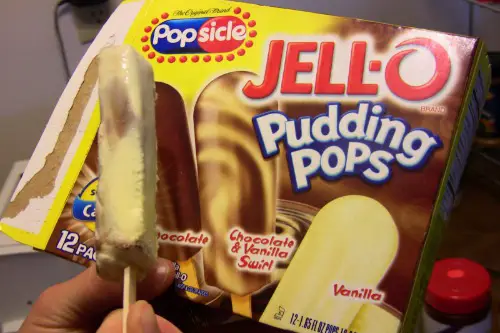
Remember those creamy, dreamy Jell-O Pudding Pops from the ’80s and ’90s? They were cold, chocolatey bliss on a stick, with a texture that was smoother than a regular popsicle and somehow fluffier than pudding. Originally launched by General Foods and later discontinued by Kraft, these treats had a cult following, according to Matt Crowley from Sporked. Bill Cosby was their famous pitchman, but the product’s popularity went far beyond the commercials.
Despite several attempted reboots, nothing has ever quite captured the magic of the original. With the booming nostalgia market and today’s gourmet frozen treat trends, a modern Pudding Pop could seriously thrive. People already flock to artisanal ice cream shops—why not offer a throwback that tastes like childhood? A revival could even cater to dietary trends with dairy-free or low-sugar versions.
2. McDonald’s Arch Deluxe
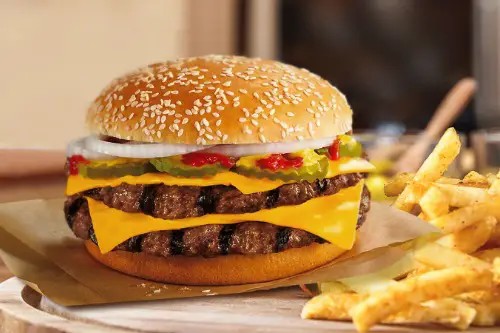
Ah yes, the Arch Deluxe—McDonald’s bold attempt at a “grown-up” burger back in 1996. It featured a peppered bacon strip, a potato bun, leaf lettuce, tomato, and a mustard-mayo sauce that was actually pretty tasty. Despite a massive $100 million ad campaign, the burger flopped hard because customers didn’t see the need for a premium adult burger at a fast food joint, according to Dennis Lee from The Takeout. But ask any ‘90s kid who tried it and you’ll hear a wistful sigh.
Fast forward to today, and that same “elevated fast food” concept is thriving thanks to chains like Shake Shack and Five Guys. McDonald’s already reintroduced the McRib several times, so why not give the Arch Deluxe another whirl? With better marketing and timing, it could finally find its place. Nostalgia is a powerful motivator, especially when it comes with bacon.
3. Erector Sets (the original metal ones)
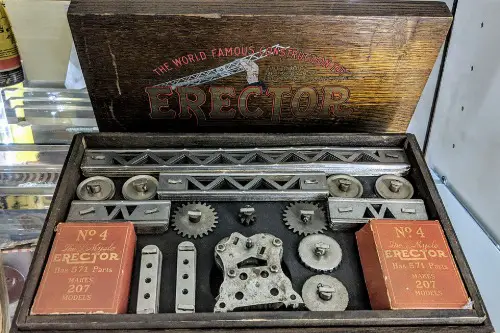
Before LEGO took over, Erector Sets were the gold standard for kids who loved building and tinkering, according to Lauren Cabral from Back Then History. Introduced in 1913 by A.C. Gilbert, these sets featured real metal pieces, nuts and bolts, and even tiny motors. They weren’t just toys—they were a gateway to engineering, encouraging creativity and problem-solving skills. Sadly, the original all-metal sets were phased out in favor of plastic versions that lacked the same charm and complexity.
In an age when STEM education is a priority, the original Erector Sets could totally inspire a new generation of young engineers. Kids today are learning to code in elementary school—why not let them build a tiny drawbridge too? With a vintage design and modern updates, these sets could blend old-school grit with high-tech flair. Bonus: they’d get kids off screens for a while.
4. Fruitopia
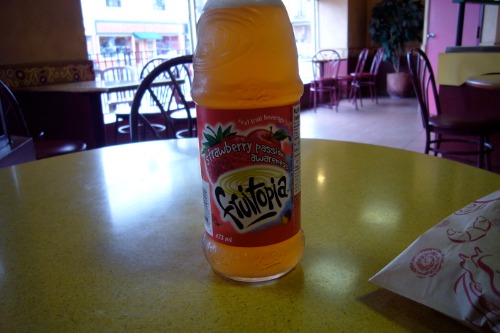
Fruitopia was Coca-Cola’s trippy, fruit-flavored beverage that hit shelves in 1994, aiming squarely at Gen X and older millennials, according to Luke Field from Sporked. It had a psychedelic vibe with names like “Strawberry Passion Awareness” and “Citrus Consciousness,” paired with commercials that looked like someone had just left an Indigo Girls concert. It was marketed as a spiritual cousin to Snapple but with more flair and “deep thoughts” printed on the label. It gained a cult following and even had dedicated vending machines in high schools and college campuses.
By the early 2000s, Coke quietly phased it out in the U.S., although a few flavors survived under the Minute Maid brand. But in the age of aesthetic beverages and Gen Z’s obsession with all things ‘90s, Fruitopia could totally find its people again. Imagine a relaunch with retro labels, new-age quotes, and even a collab with thrift shops or art collectives. It was weird, it was wild, and we kinda miss it.
5. The Saturn Car Brand
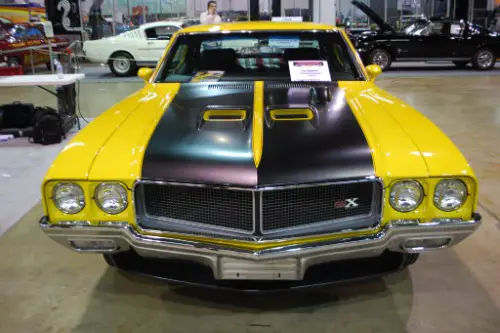
Saturn was GM’s hopeful answer to the Japanese auto boom in the early ’90s—a “different kind of car company.” They emphasized no-haggle pricing, cheerful customer service, and simple, reliable vehicles like the SL and SC models. The brand even had its own plant in Tennessee and was marketed as a quirky, underdog alternative. Unfortunately, Saturn got lost in GM’s portfolio and was discontinued in 2010, according to Angus MacKenzie from MotorTrend.
In today’s EV-focused market, a revived Saturn could thrive as an affordable electric vehicle option. Think of it as the approachable, user-friendly Tesla alternative. The name still carries goodwill, and people remember the community-focused ethos Saturn promoted. If any brand deserves an electric rebirth, it’s this one.
6. Keebler Magic Middles
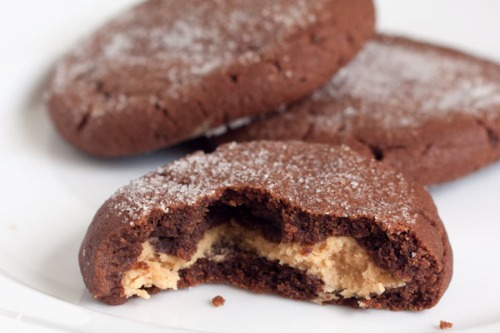
Keebler’s Magic Middles were basically cookie sorcery in the 1990s—soft, golden shortbread on the outside with a gooey fudge or peanut butter center. They were individually wrapped and perfect for school lunches or sneaky late-night snacking. Biting into one felt like finding treasure; the filling was rich and smooth, contrasting perfectly with the crumbly exterior. Sadly, they vanished from shelves sometime in the early 2000s, leaving fans heartbroken.
In a cookie market dominated by Oreos and Chips Ahoy, there’s totally room for a nostalgic revival like this. The “hidden center” concept is still a hit (just look at lava cakes and molten brownies). A comeback could cater to modern tastes too—maybe with sea salt caramel or Nutella-style fillings. People would absolutely go wild for a Target-exclusive relaunch.
7. Planters Cheez Balls
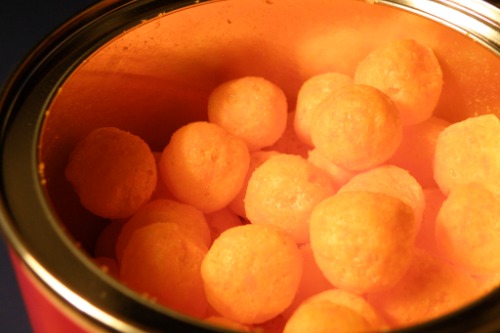
These neon-orange delights were discontinued in 2006 and made a small return in 2018 due to overwhelming demand. Planters Cheez Balls came in that unmistakable blue canister and left your fingers delightfully dusted. Unlike other cheese puffs, they were tangier, crunchier, and more addicting. They weren’t just a snack—they were a vibe.
While they did return, distribution has been patchy, and they’re still not as widely available as they should be. In a world that’s embracing all things retro, Cheez Balls deserve front-row shelf space. Limited runs aren’t enough—we want them back for good. And maybe even throw in some spicy or ranch flavors while you’re at it.
8. Dunkaroos
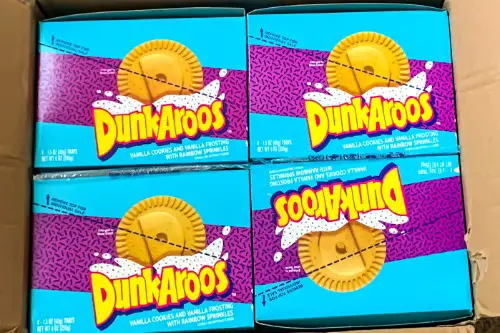
Dunkaroos were the lunchbox flex of the ‘90s—tiny cookies you dipped in sugary frosting, often while feeling like the coolest kid at the cafeteria table. Originally launched by Betty Crocker in 1990, they came in flavors like vanilla frosting with rainbow sprinkles or chocolate with cinnamon cookies. They were discontinued in the U.S. in 2012, although Canada held onto them a little longer. Kids (and nostalgic adults) cried out for their return.
The good news: they did come back in 2020, but the rollout has been limited. You still don’t see them in every store, and not all the flavors made a return. They deserve a proper mainstream revival—complete with new varieties and better access. We’re ready to dunk again, this time with grown-up pride.
9. Zima

Zima was one of the first “malternatives,” launched by Coors in 1993. It was clear, citrusy, and a little weird—but it had a loyal following. Think of it as the quirky older cousin to White Claw. It was discontinued in the U.S. in 2008, despite being a solid seller for a while.
With the explosion of hard seltzers and low-ABV drinks, Zima could totally ride the wave back. It even had a short-lived comeback in 2017, but it didn’t stick around long. Now that retro alcohol branding is a thing (looking at you, Miller High Life), a full-scale Zima revival could totally work. Just keep it cold, keep it weird, and don’t take it too seriously.
10. Surge
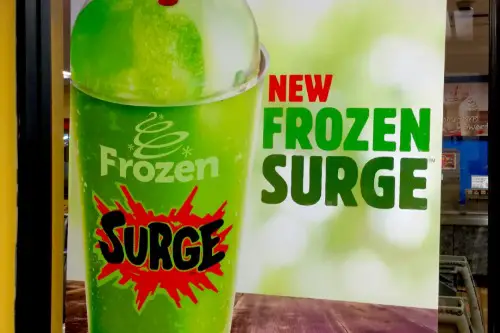
If you were around in the ’90s, Surge was basically Mountain Dew’s louder, wilder cousin. Coca-Cola launched it in 1996 with a neon-green label and marketing that screamed “EXTREME.” It was aimed at teens and gamers, and despite its popularity, it was discontinued in 2003. Fans went wild for years begging for its return.
Coke finally brought it back through Amazon and specialty releases, but it still feels underground. With the energy drink market booming, Surge could easily find its niche again—especially among nostalgic millennials. Add a sugar-free or caffeine-heavy version, and you’ve got an instant hit. Just imagine the TikToks.
11. Flip Phones (specifically Motorola Razr V3)
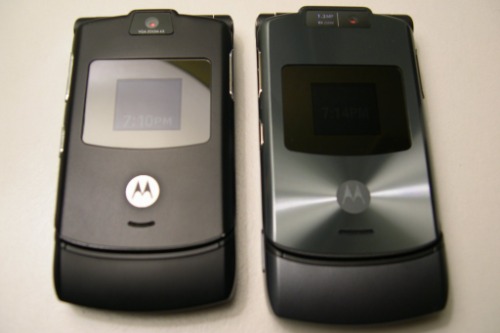
The Motorola Razr V3 was the phone in the early 2000s—sleek, metallic, and satisfying to snap shut after a call. It wasn’t just a phone, it was a statement. While smartphones have since taken over, the Razr left a stylish, tactile void in its wake. Its compact size and clamshell design still hold major appeal.
Motorola actually did try to relaunch the Razr as a foldable smartphone, but it’s been plagued by high prices and tech hiccups. A more accessible, durable version that leans into its retro charm could totally work in today’s market. People are craving simpler tech with fewer distractions. Bring back the flip, but keep it smart.
12. Crystal Pepsi

Crystal Pepsi was Pepsi’s attempt to break the soda mold—colorless, caffeine-free, and futuristic. It launched in 1992, and while the taste was similar to regular Pepsi, the clear look was meant to imply purity and innovation. Unfortunately, it confused more people than it converted and disappeared after a year. But its bizarre charm lives on in meme culture and YouTube taste tests.
Pepsi has dabbled with limited returns over the years, but never for long enough. In today’s quirky beverage scene, where people drink charcoal lattes and blue matcha, Crystal Pepsi could easily find a niche. A fully-branded comeback with retro packaging would be an Instagram goldmine. Just embrace the weird.
13. Lifesavers Holes
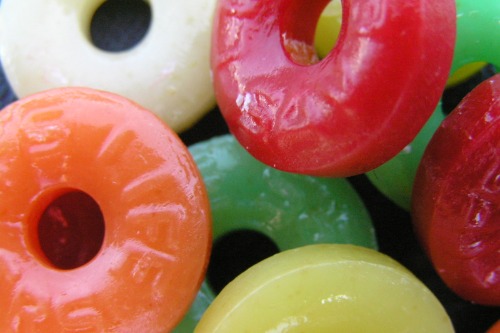
Lifesavers Holes were the adorable, bite-sized centers “punched out” from classic Lifesavers candies. They came in a flip-top container that was pocket-perfect, and kids loved popping them by the handful. Introduced in the 1990s, they didn’t last long, reportedly due to issues with the packaging safety. But the idea? Solid gold.
Mini candies are more popular than ever now—look at all the tiny M&M spinoffs and snack-sized Skittles. A retooled version of Lifesavers Holes with a safer, resealable container would absolutely work today. It’s the kind of novelty that turns into a habit. And let’s be honest—everyone loves a comeback story that’s full circle.


